¶ Advantages of LED Screens in the Film Projection Market
Compared to traditional projection systems, LED cinema screens deliver significant advancements in high dynamic range (HDR), peak brightness, wide color gamut, high frame rate, and color accuracy. This results in sharper images, more vibrant colors, smoother motion, richer details, and more immersive sound—dramatically elevating both theatrical presentation quality and audience viewing experience.
| Projection System | Traditional Film Projection System | LED Cinema Projection System |
| Composition | IMB + Projector + Screen | IMB + Controller + LED Screen |
| Brightness | Low Brightness, Uneven Illumination, Low Contrast | High Brightness, Uniform Illumination, High Contrast (HDR Optimized) |
| Color Gamut | DCI-P3 | DCI-P3 and BT2020 |
| Size | 2K/4K, Edge Distortion | Unrestricted, Point-to-Point |
| Lifecycle |
Xenon Lamp: 3,000 Hours Laser: 30,000 Hours Full-Screen Replacement |
LED Chip: 100,000 Hours Module Replacement |

¶ Technical Challenges of LED Screens Entering Cinema Applications
1. Only by passing DCI certification can one obtain the license to enter cinemas.
2. The certification process is complex and technically challenging.
3. Movies represent the field with the highest standards for display quality.
Certification Organization: Keio University DMC Research Institute, Japan; AEGISOLVE Cybersecurity Lab, USA
Requirement:
Grayscale: Accurate, Precise, Uniform; Color: Accurate; Projection: Smooth, Secure;
Solution:
22 bit+ | Precision Grayscale | Full-Grayscale Calibration; Color Management; 4K@3D Playback | 5G Transmission | Multi-IMB Support | Security Module | Display Real-Time| Monitoring;
In October 2023, the newly released CTP 1.4 standard established specialized testing protocols and technical specifications for direct-view LED cinema screens, with significantly elevated requirements. Compared to the previous CTP 1.3 version, the updated standard imposes stricter demands in:
(1) Off-axis performance - luminance uniformity (≤5% deviation) and chromaticity uniformity (Δu'v'≤0.015) at maximum viewing angles;
(2) Low-luminance performance - gamma curve continuity (error <±0.05) across 0.01-100 nits range;
(3) 3D playback - crosstalk reduction from 1.5% to 0.8% for active 3D systems;
(4) Image scaling - complete moiré pattern elimination during 4K→2K downsampling (verified per IEEE 291 test)
¶ CY60 Cinema Scenario Solution
CY60 is exclusively designed for cinema scenario, featuring seamless compatibility with multiple IMB servers, ultra loading capacity, advanced image processing technologies, and dedicated cinema-grade security protocols.
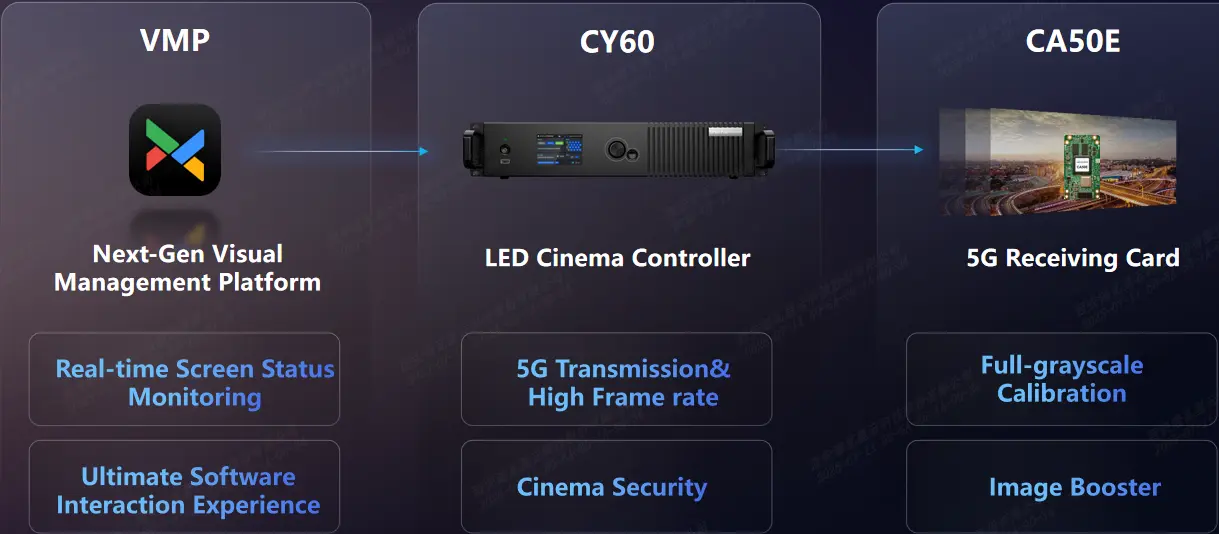
¶ LED Cinema Controller
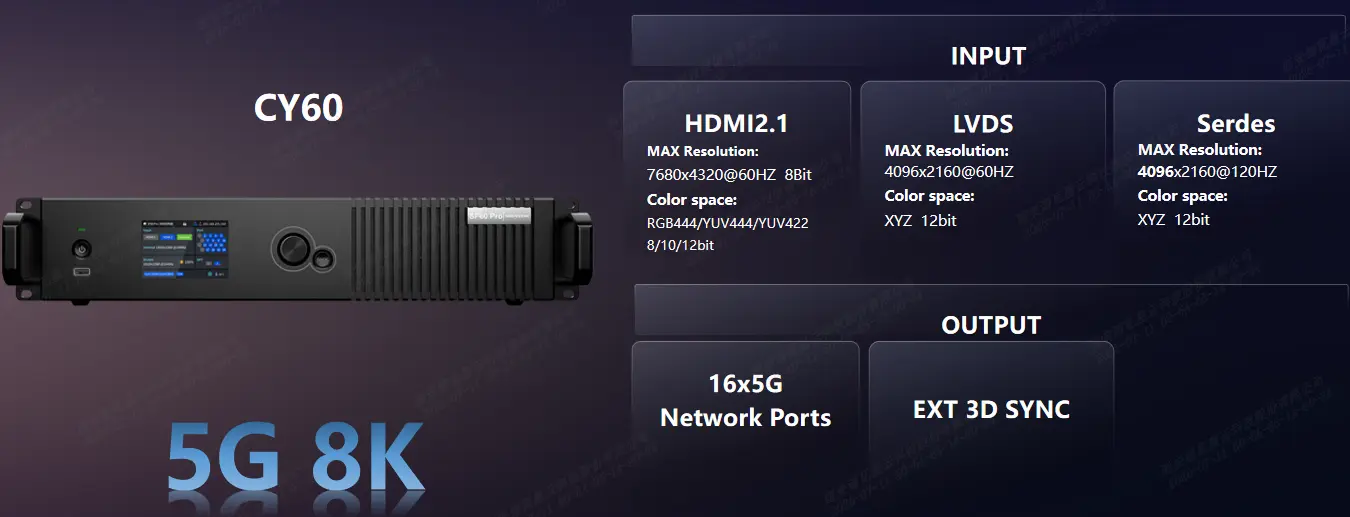
¶ DCI Challenges – Display Performance Requirements
Visual performance is one of the most important elements of the cinematic experience and represents the highest display standards in the industry. To ensure that every LED screen can perfectly reproduce the director's creative intent, a unified standard is essential. DCI imposes extremely strict requirements on color accuracy and grayscale transition performance.
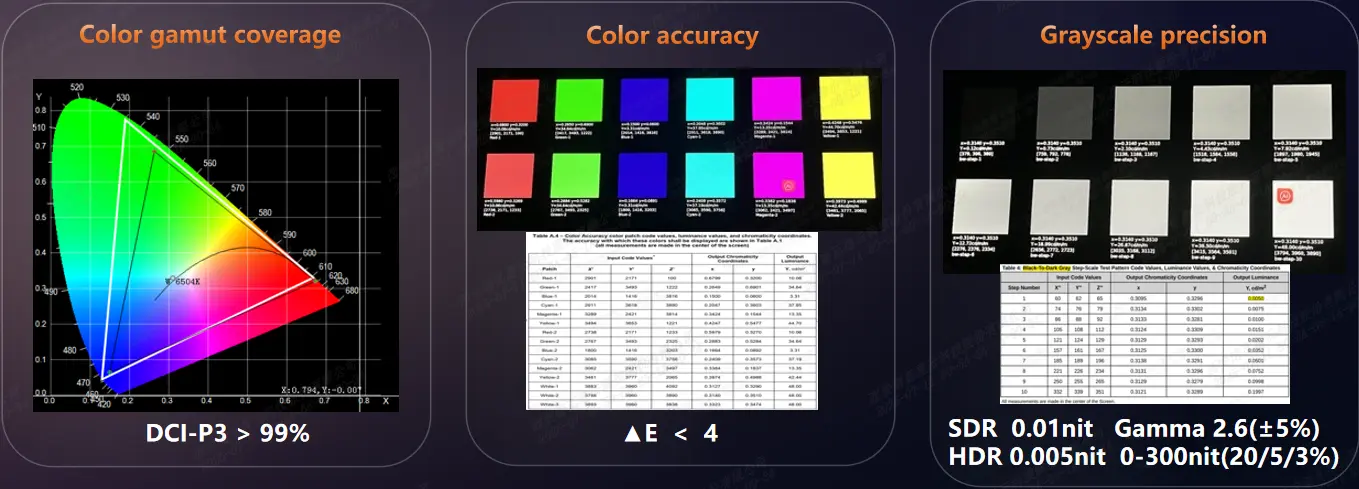
¶ 22bit+ —Grayscale More Delicate
By leveraging human visual perception and applying spatial and temporal dithering algorithms at the pixel level, brightness control precision reaches 0.002 nits, delivering an exceptionally detailed and finely rendered image.
With the support of this technology, the control system, combined with DCI-compliant LED lamps, can achieve the minimum brightness control of 0.005 nits required by the HDR standard under the CTP1.4 specification for cinema displays.

¶ Precise Grayscale —Grayscale More Accurate
By accurately measuring and precisely calibrating the brightness of each grayscale level, the display achieves accurate grayscale rendering and smooth transitions, especially in low grayscale areas. The grayscale brightness error is reduced by more than 100 times.
With enhanced fine grayscale performance, the system meets the Grayscale Tracking requirements for both SDR and HDR under the cinema CTP1.4 standard, fully satisfying both brightness and chromaticity specifications.

¶ Pixel-level Calibration —Grayscale More Even
By eliminating brightness and chromaticity differences at the LED level, the display uniformity is significantly improved, enhancing overall image quality. After calibration, brightness non-uniformity is less than 1%, and chromaticity error is less than 0.003.

¶ Color Management —Color More Accurate
Through high-precision color compensation adjustment, color rendering is accurately controlled.
For the 12-color test pattern under the cinema DCI standard for both SDR and HDR, ∆E < 2.

¶ 4K@3D Display —Smooth Playback
The hardware platform is powerful enough to support 4K@3D display. After 3D doubling by the receiver card, the LED display can reach 192Hz, and the hardware platform can still meet the requirements (4K@192Hz 12bit 4:4:4).

¶ 5G Transmission —Smooth playback
The device supports a maximum load of 41.6 million pixels, and a single unit with ultra-large capacity can cover a variety of scenarios, reducing on-site complexity.
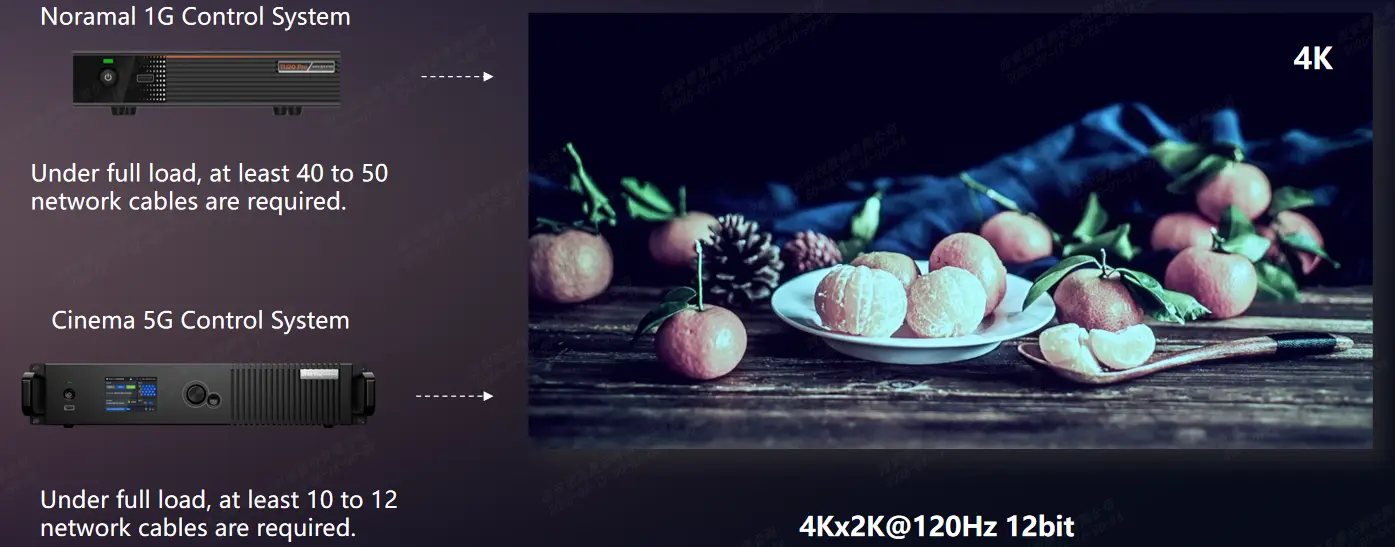
¶ IMB (Integrated Media Server) Support —Security
Supports LVDS, Serdes, and HDMI signals, allowing direct connection to IMB boards to form an integrated controller + IMB system, ensuring security. Currently supports IMBs from China Film Technology, Universal Digital, Dolby Cinema, China Film Guangfeng, Shanghai Muge, and India’s QUBE.
- HDMI 2.1 Specifications: 4K2K@120Hz RGB/YUV/XYZ input Applications: Conference PPT presentations, HDMI on-demand cinemas, DCP film playback Models: Standard PC, HDMI playback box, Guangfeng server. (PC, Playback Box)
- LVDS Interface Specifications: 4K*2K@60Hz with support for XYZ input Applications: DCP film playback Models: Dolby, QUBE, Muge
- Serdes Interface Specifications: 4K2K\@120Hz XYZ input Applications: High frame rate DCP film playback Models: GDC, CINITY
¶ Security Module —Projection Security
Security silicon: Equipped with a secure CPU chip that meets FIPS-2 certification, ensuring secure storage of cinema information and complying with DCI requirements for secure storage.
Digital certificate: Proficient in the security mechanisms between various servers and the application of digital certificates, capable of creating user-specific product certificate information to meet DCI requirements for digital certificates.
Display monitoring: Low-power security module that implements tamper detection. Equipped with multiple sensors and detection units to monitor and report information such as temperature, voltage, cabinet door status, module insertion/removal, and operational status, enabling real-time screen monitoring.
Cinema WEB: A dedicated cinema application web interface has been designed to lower the usage threshold for cinema staff, incorporating security features such as channel presets, user permission management, security log monitoring, and tamper clearance.
¶ Flexible and Open COEX Platform
The protocol interfaces are complete and user-friendly; functional modules are designed modularly for flexible configuration and free combination; compatible with multiple operating systems, cross-platform, cross-device, with simple and convenient deployment.

¶ Cinema Project Experience
Nova first entered the cinema industry in 2018 and has been fully committed to product development in 2022/23, gaining a deep understanding of cinema application scenarios. Currently, Nova can provide complete solutions for cinema control systems, supporting various IMB cinema servers and applying professional technology to meet DCI certification requirements. It has already provided control system solutions for multiple integrated cinema solution providers and LED display solution manufacturers. At the same time, Nova is actively promoting the development of LED cinema display standards in China.

¶ Support Services
DCI certification support:
- Discussion on DCI Certification Standard Requirements
- Output of DCI Certified Product Documentation
Display performance testing service:
- LED Screen Cinema Display Calibration
- LED Screen Color Accuracy and Grayscale Testing
Security function debugging:
- HUB schematic reference design and review
- Cabinet door switch detection function testing
¶ Project Showcase
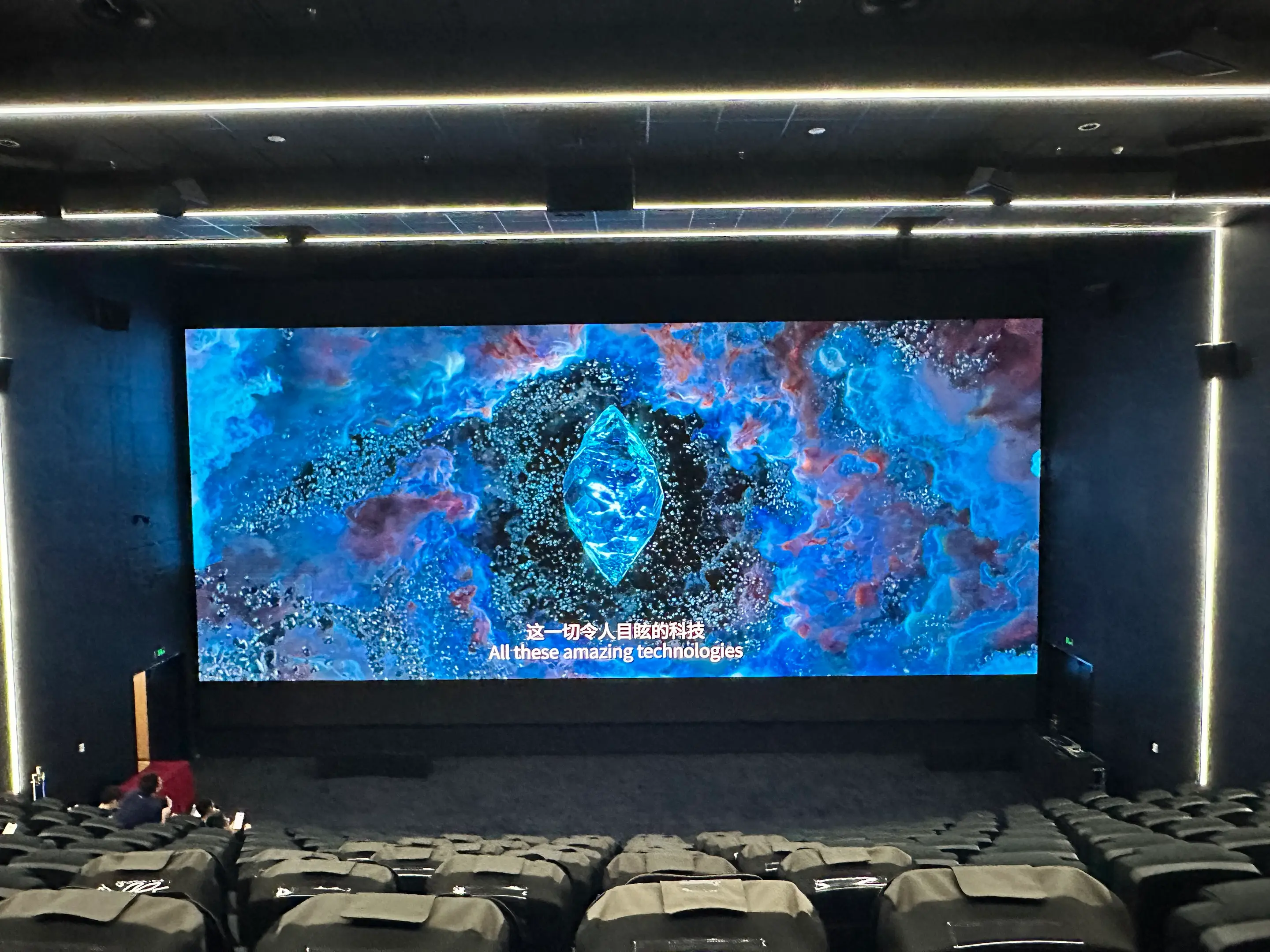
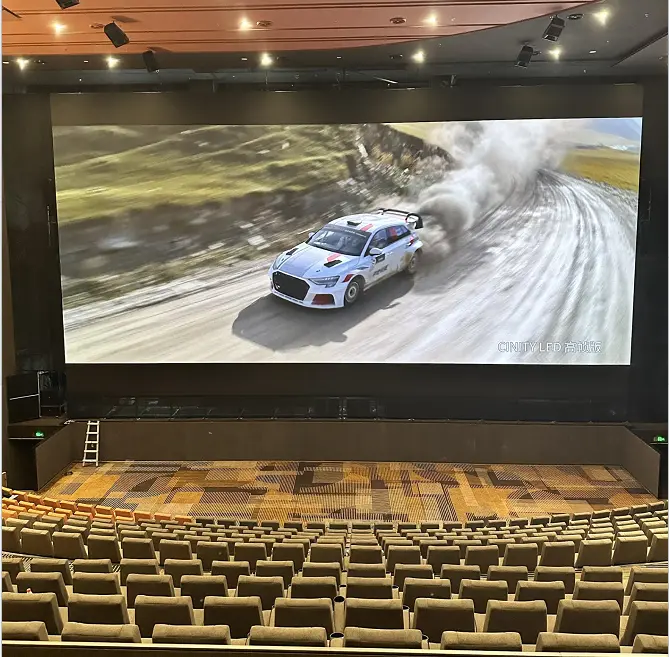
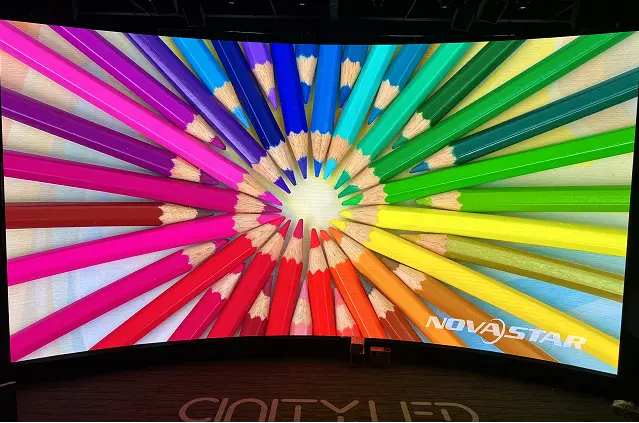
We consistently enhance and refine the content of our Wiki articles.
If you find any mistakes or errors, please contact us.
Your continuous feedback and support will help us further improve our products and content.